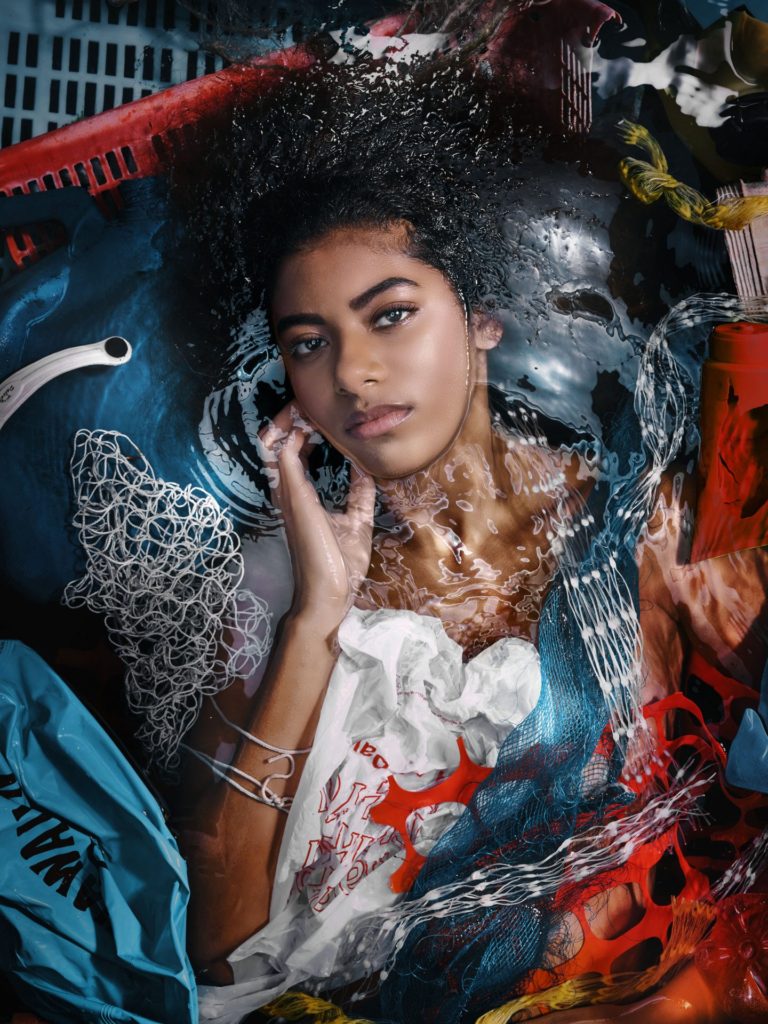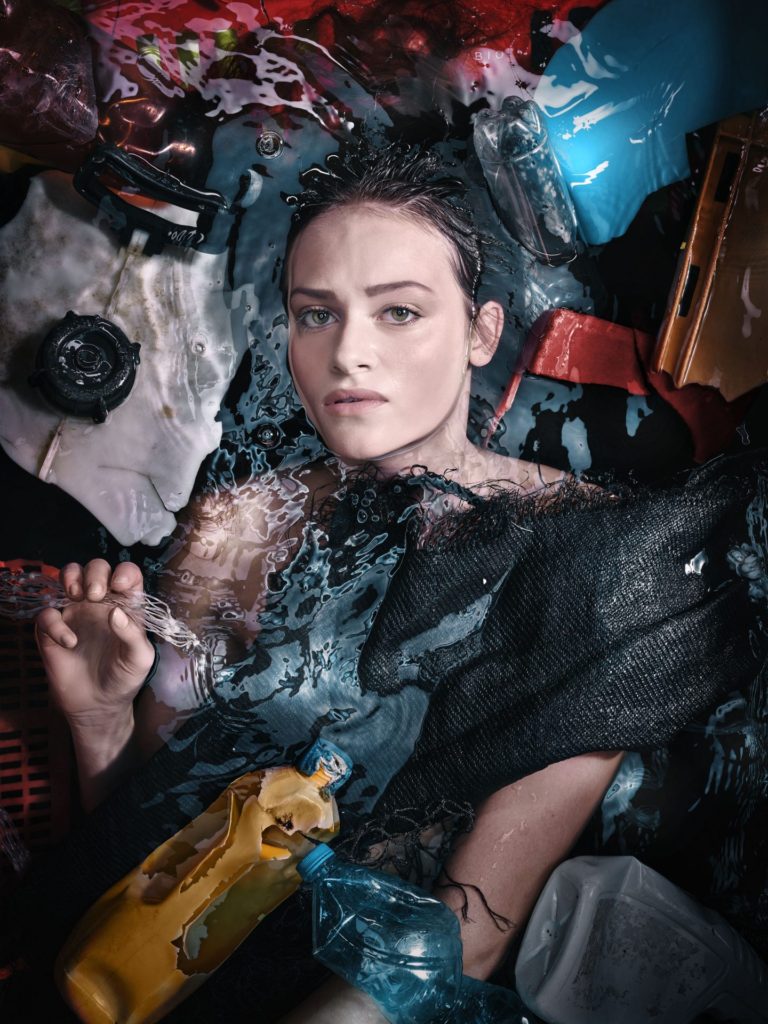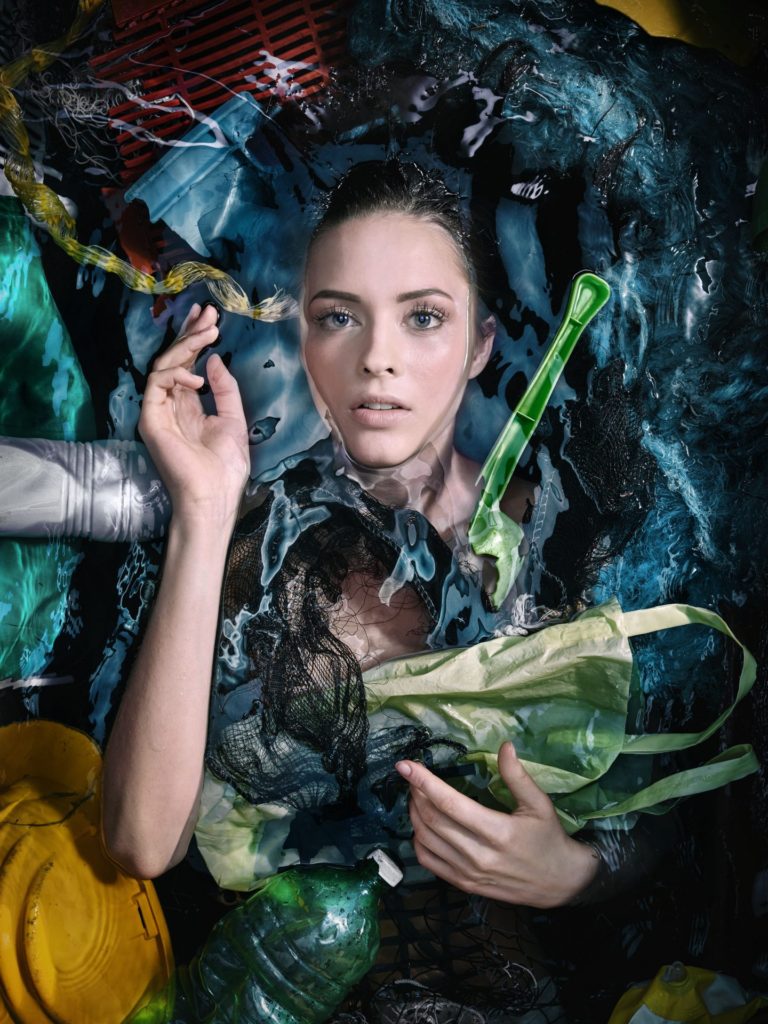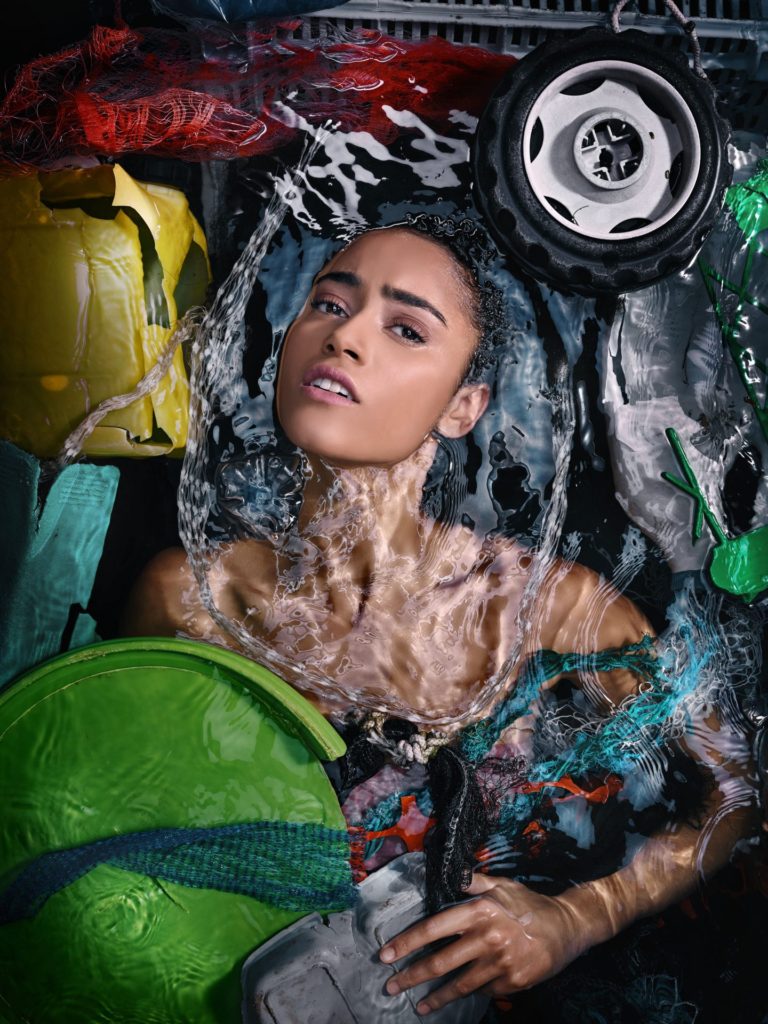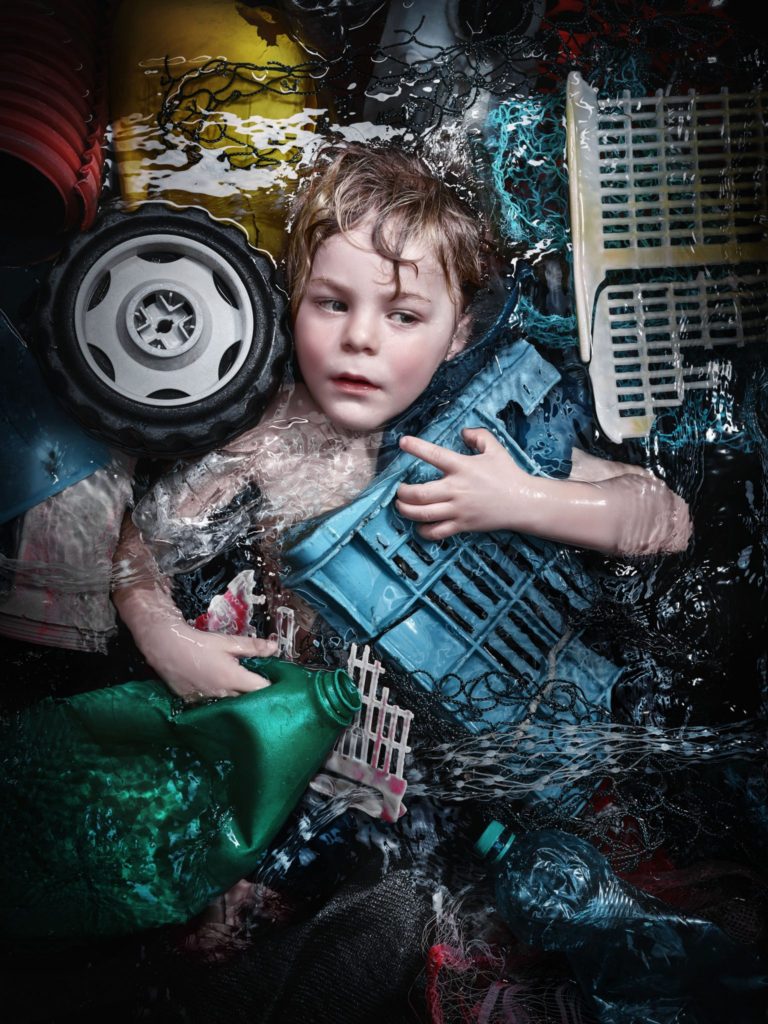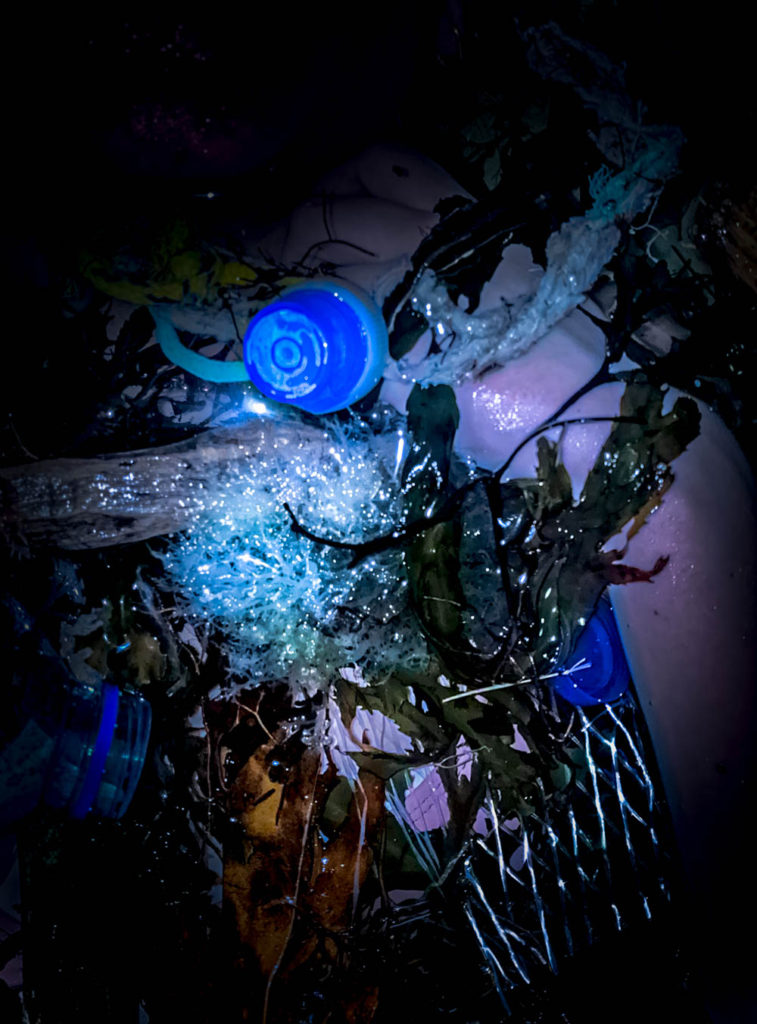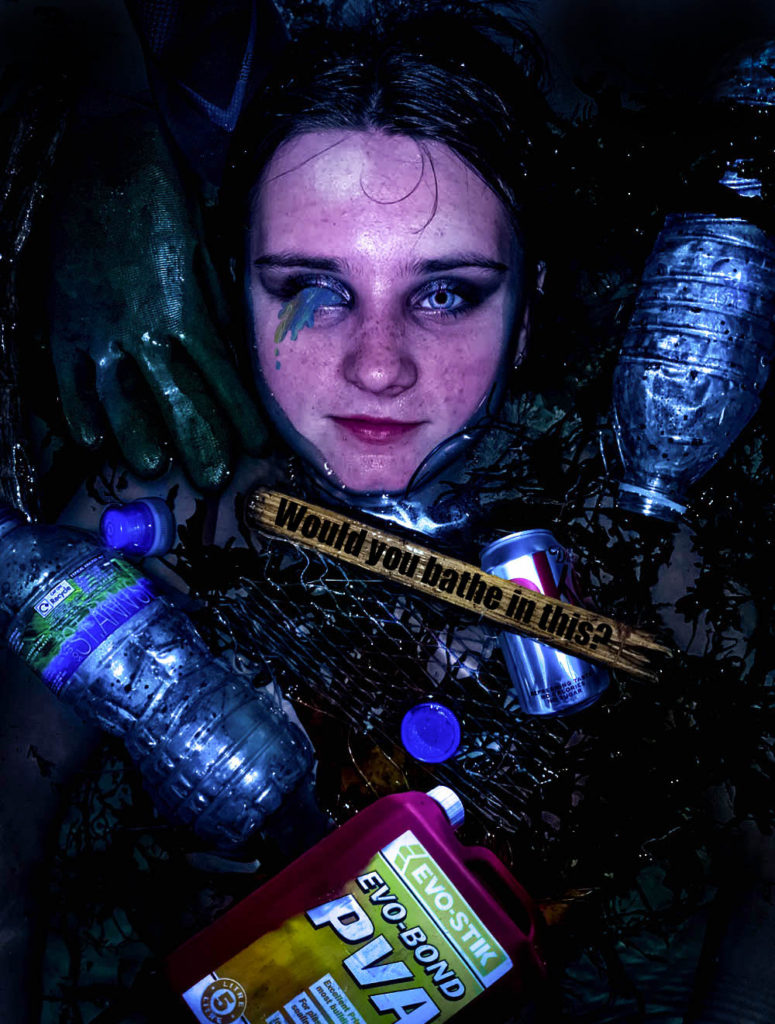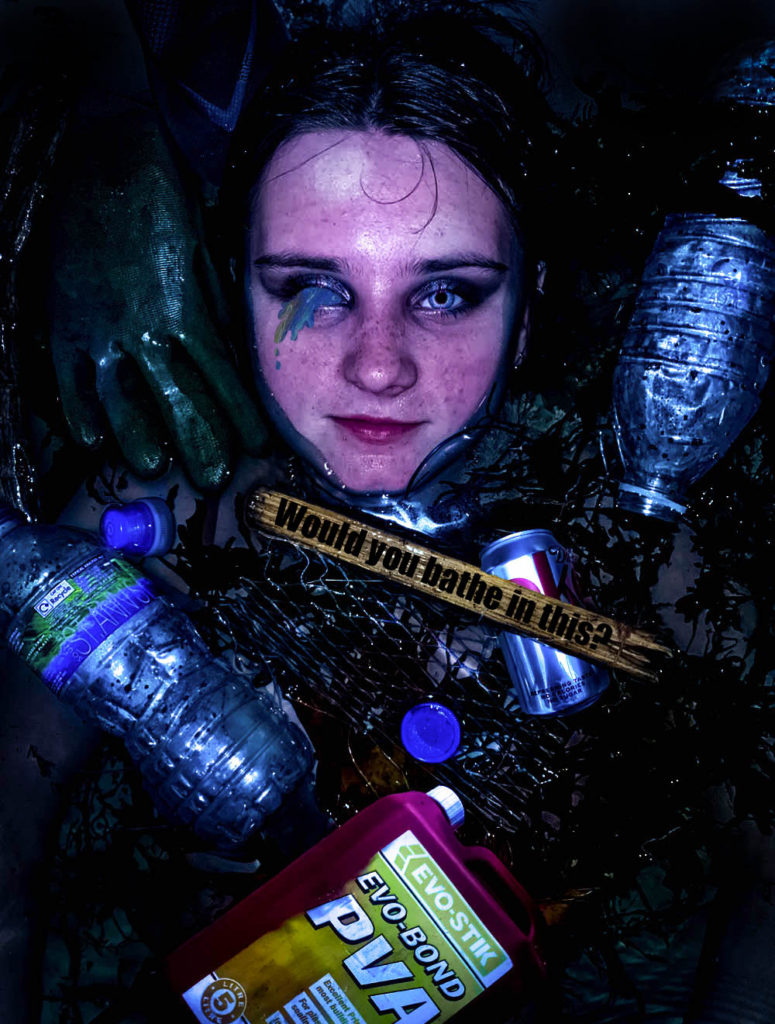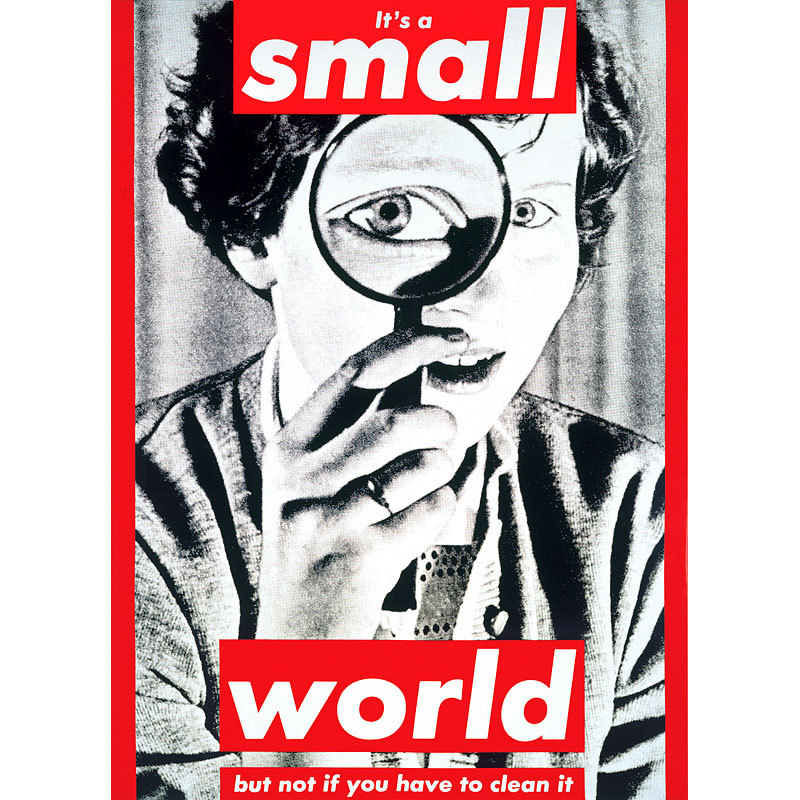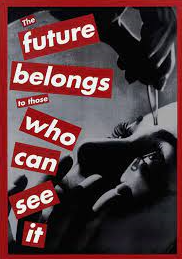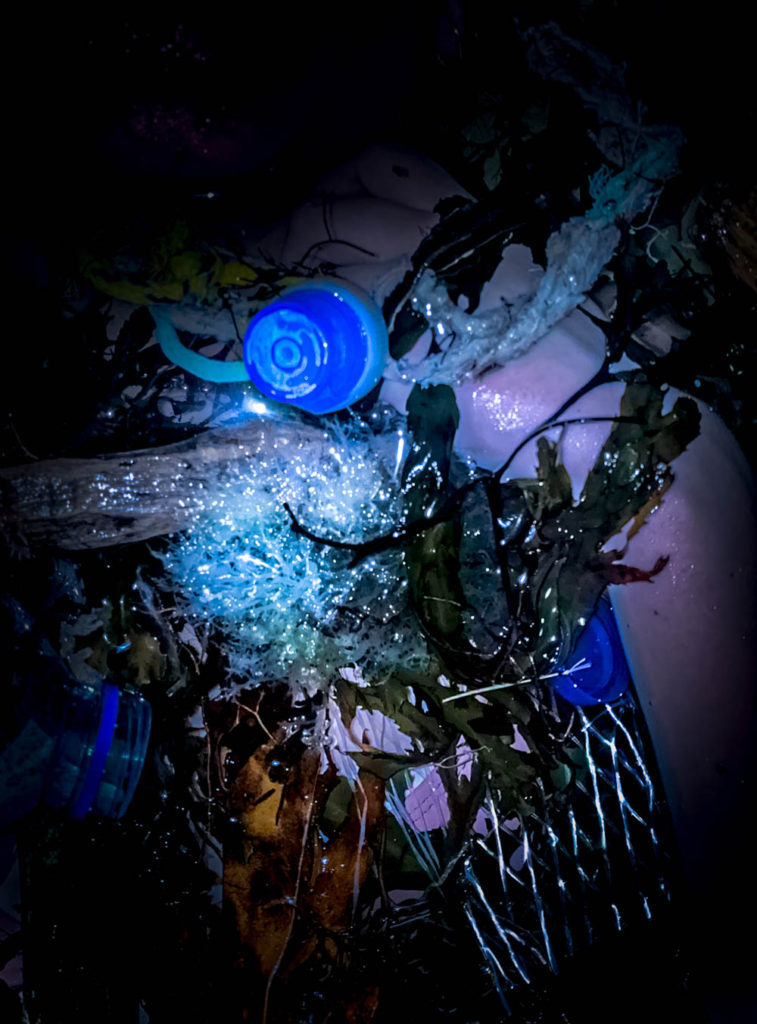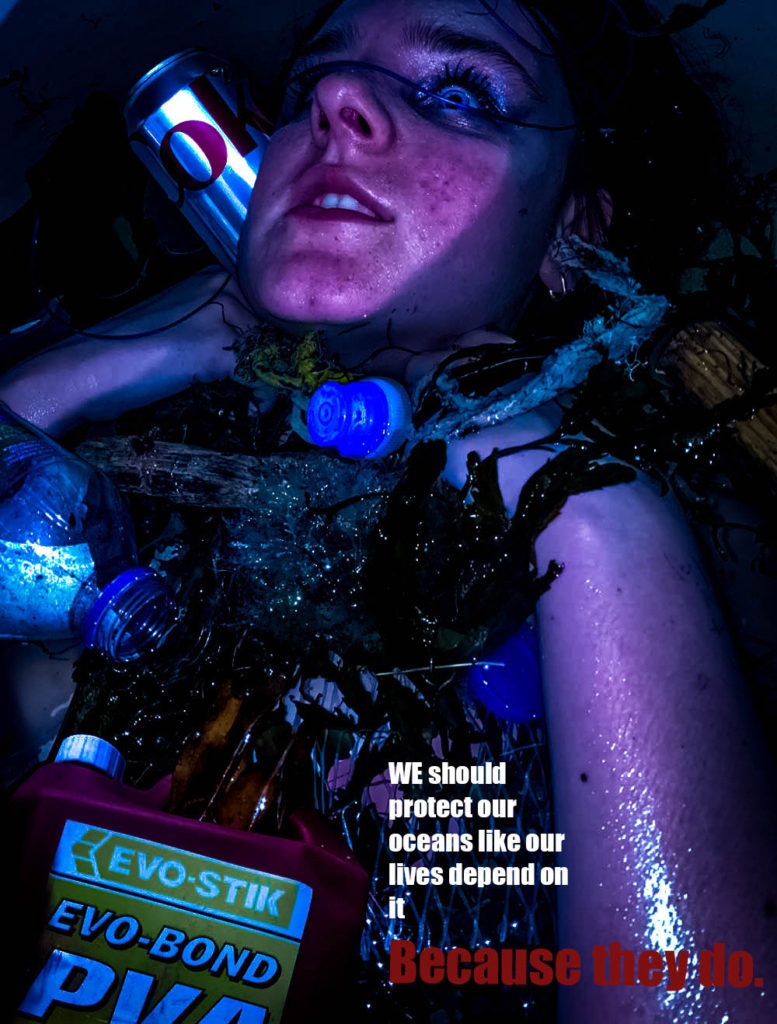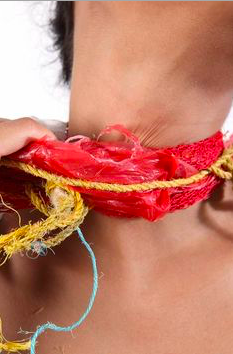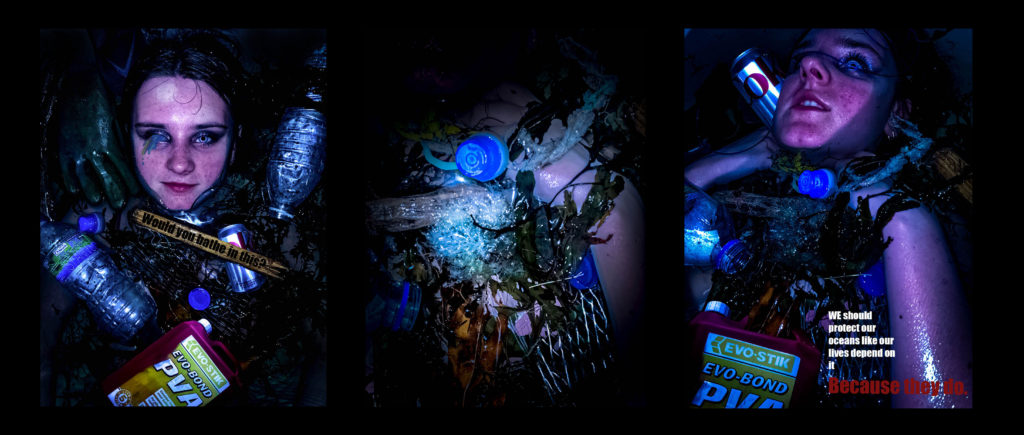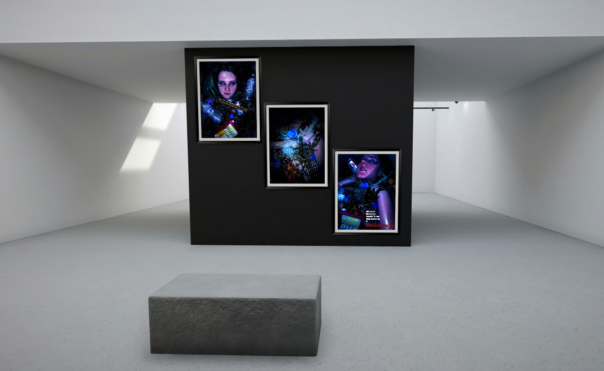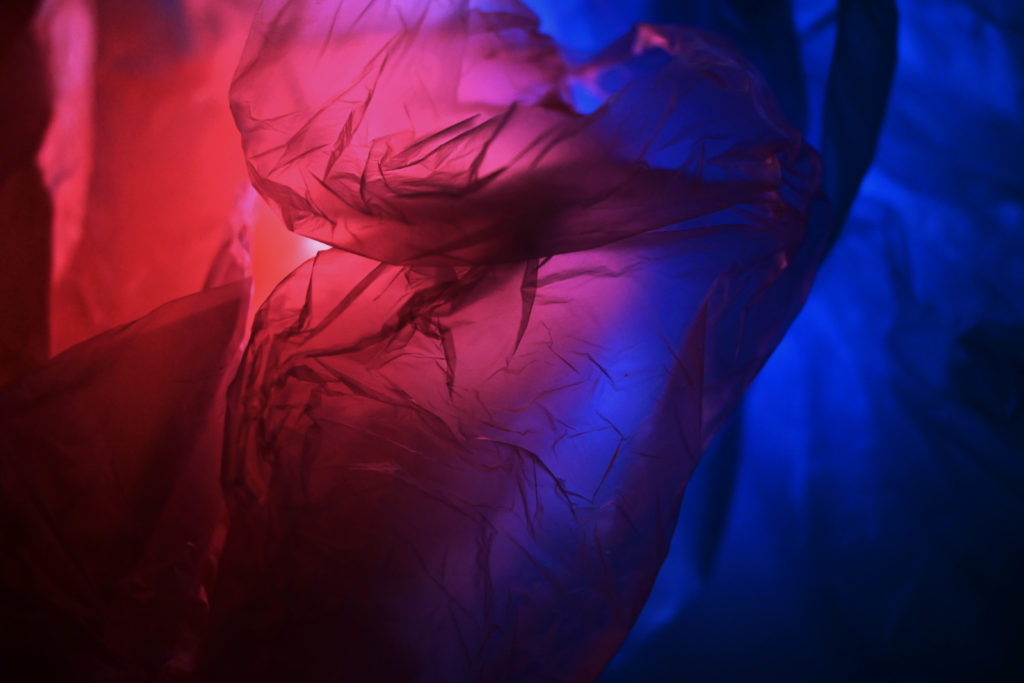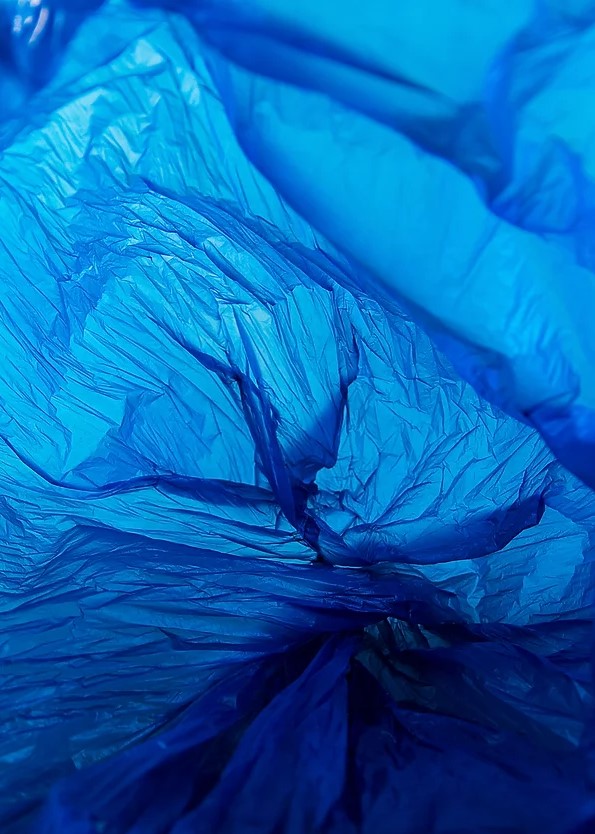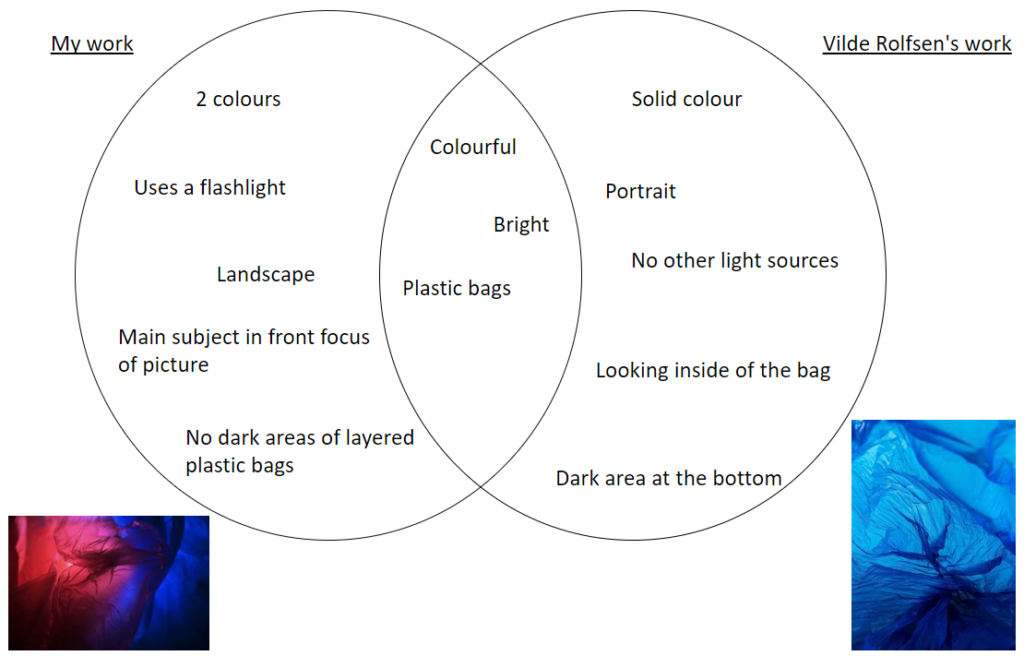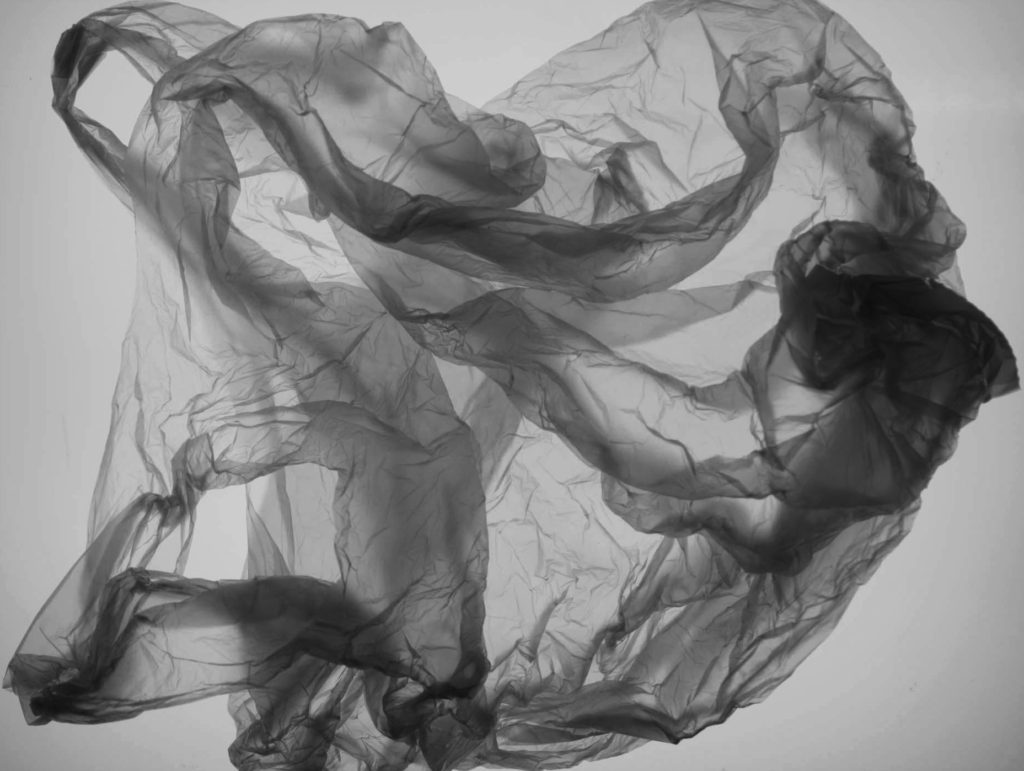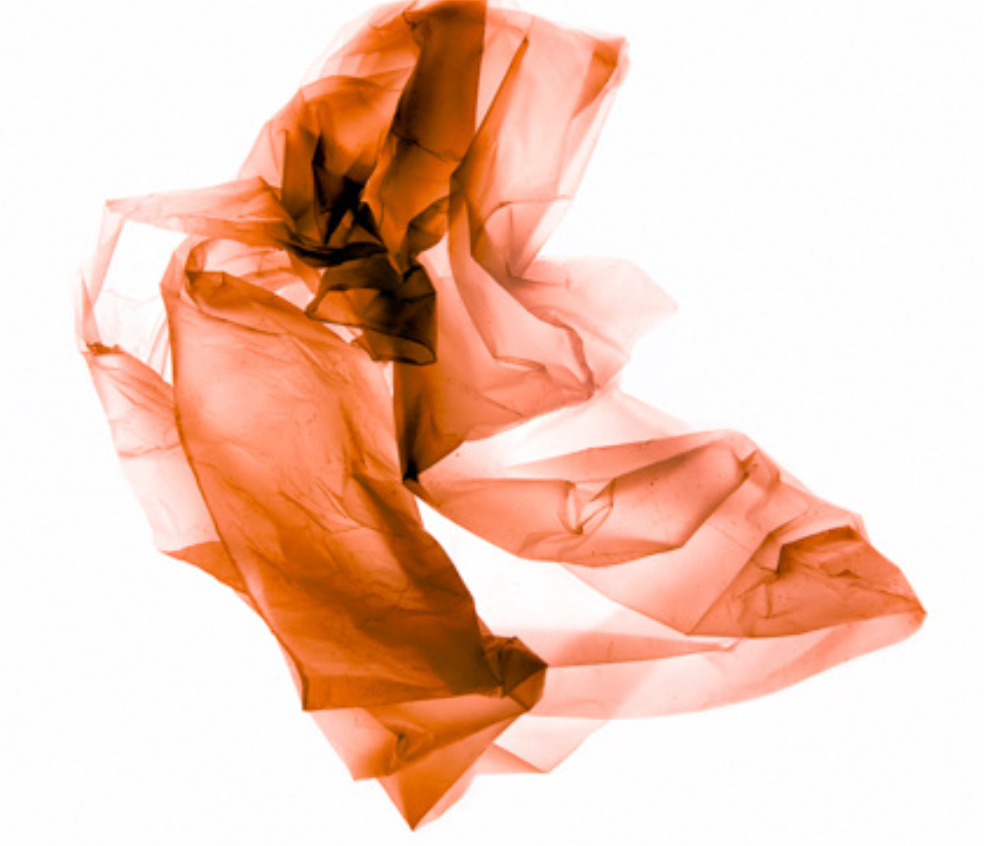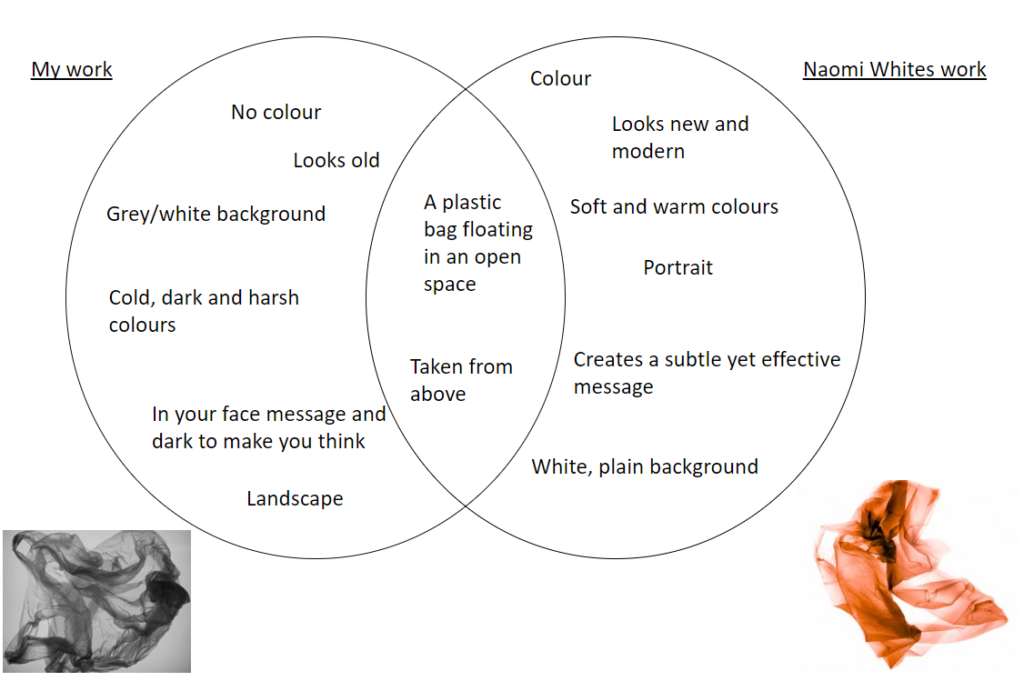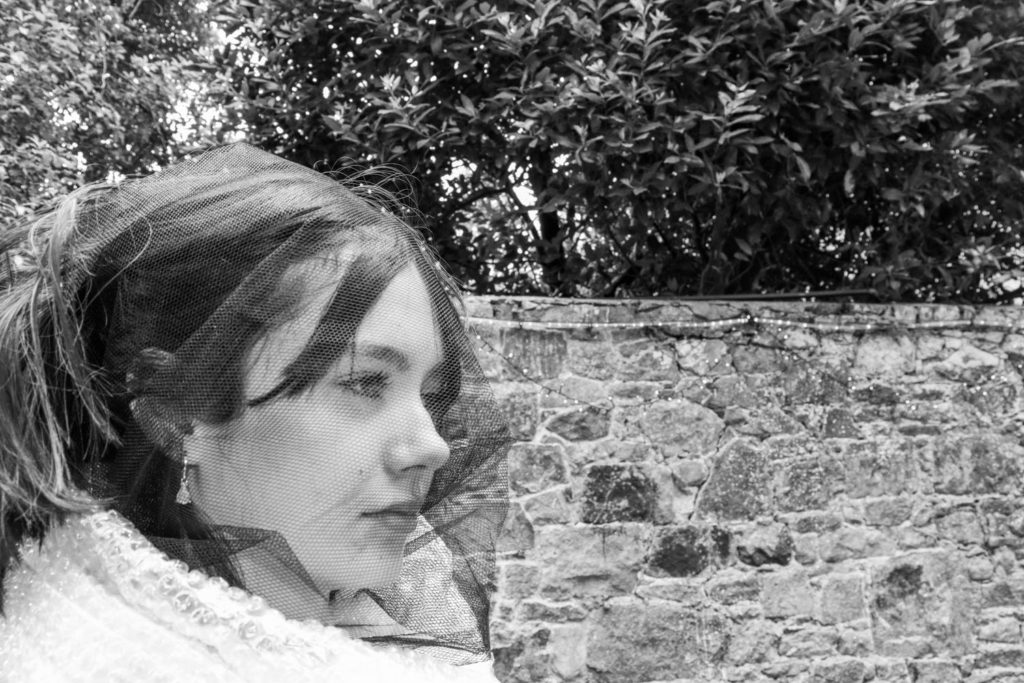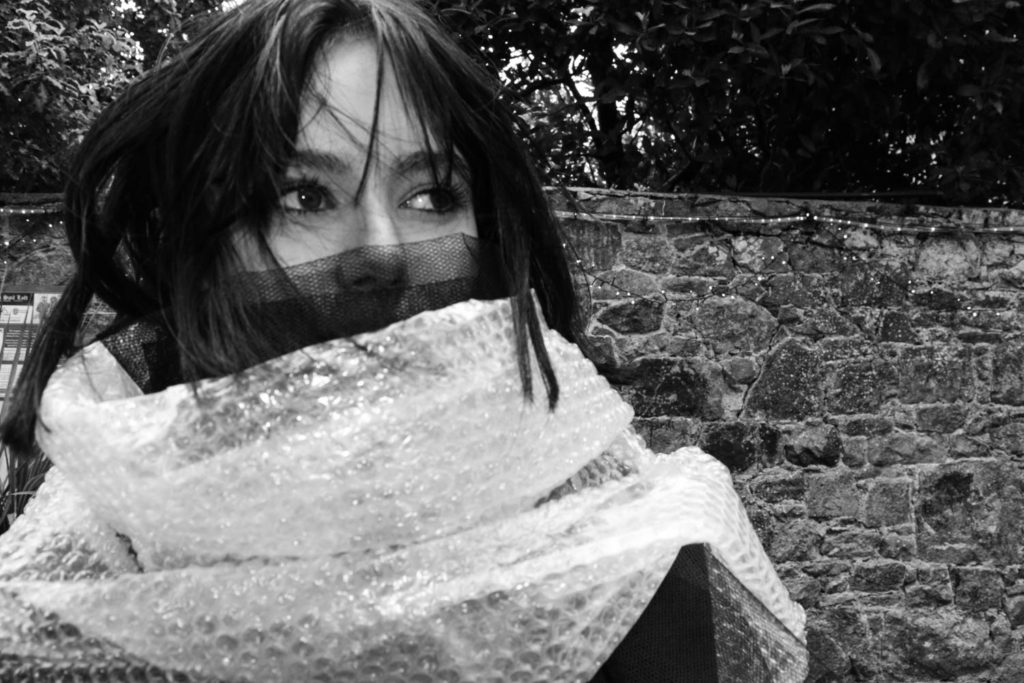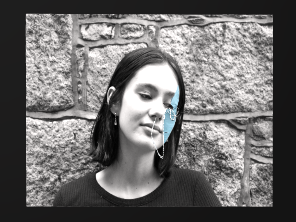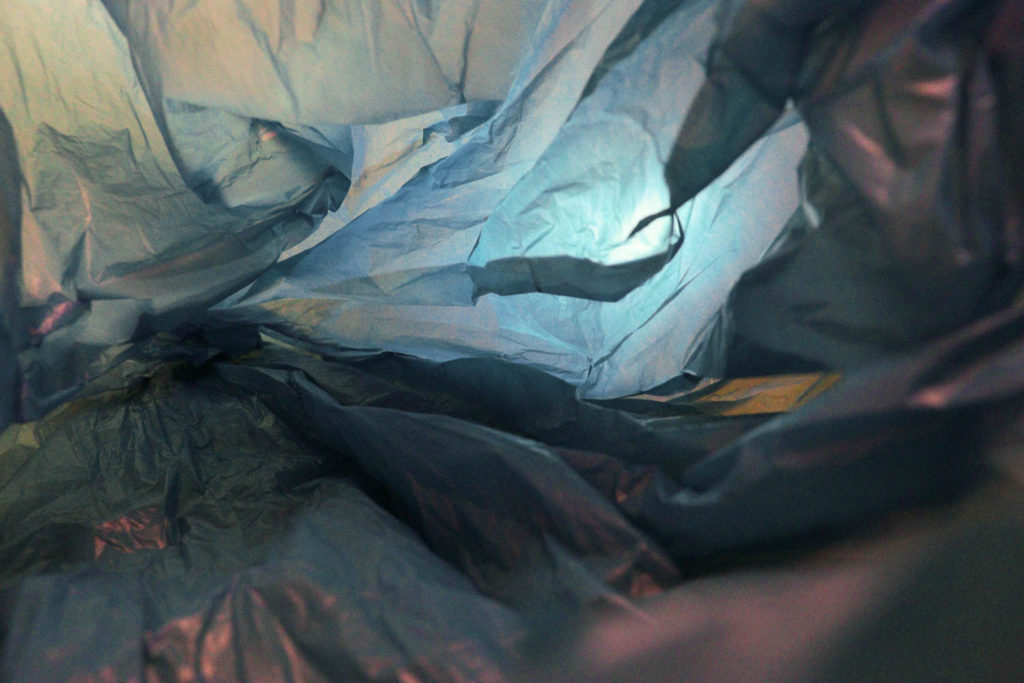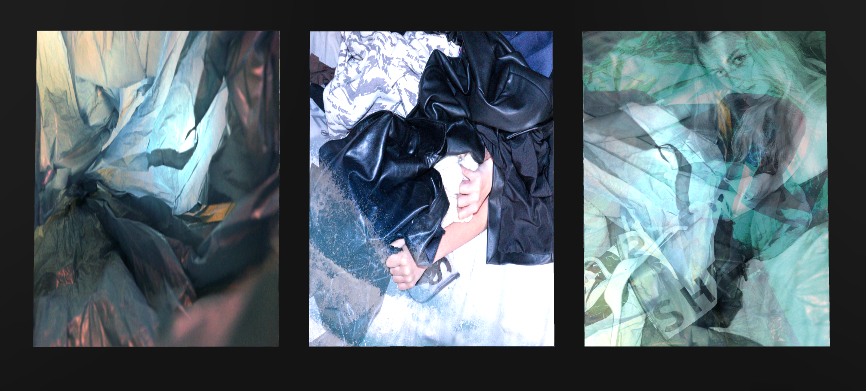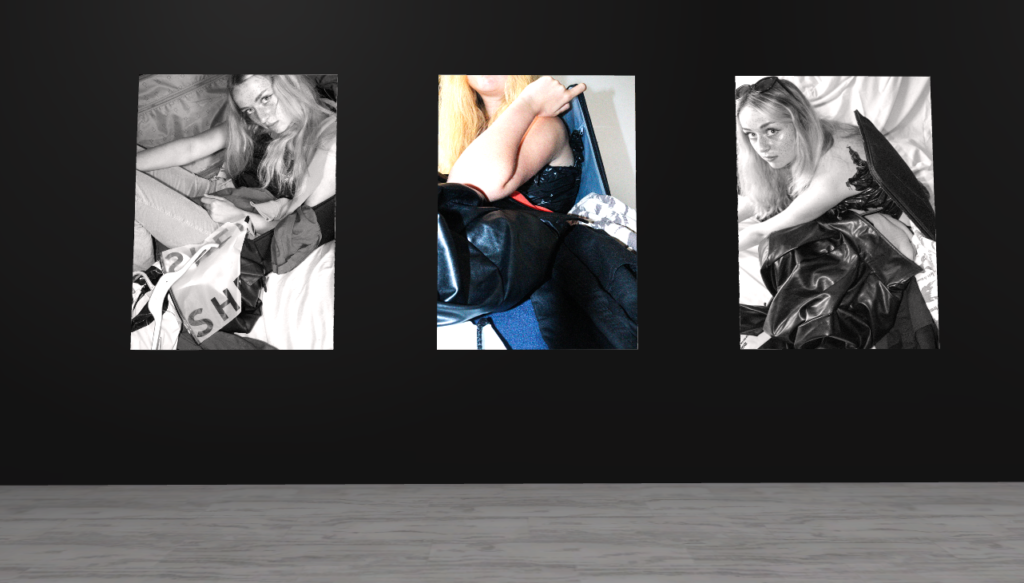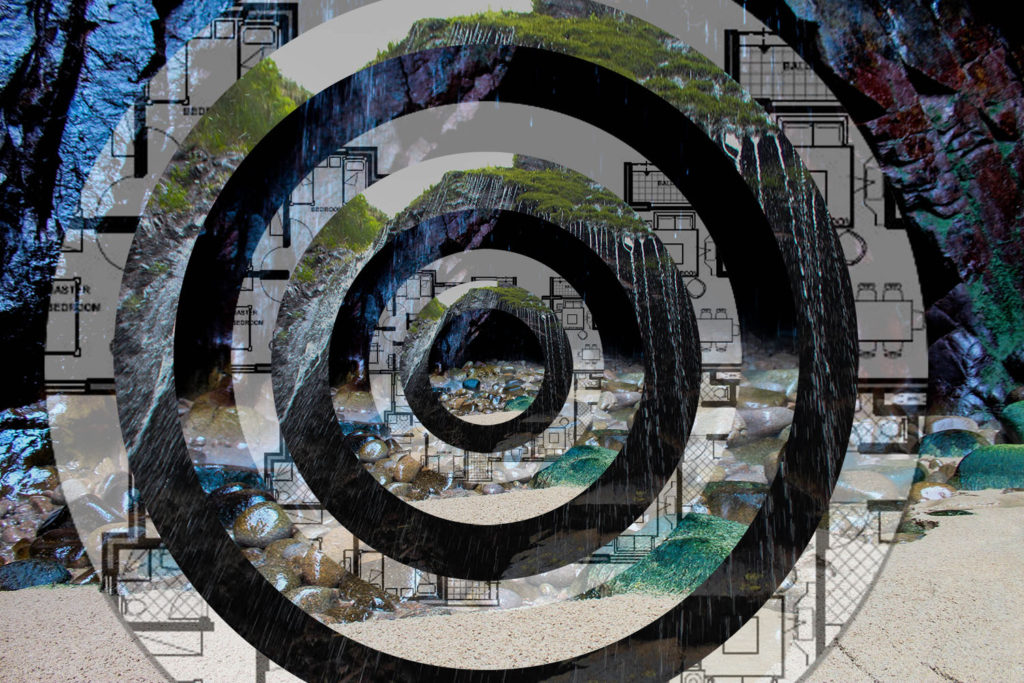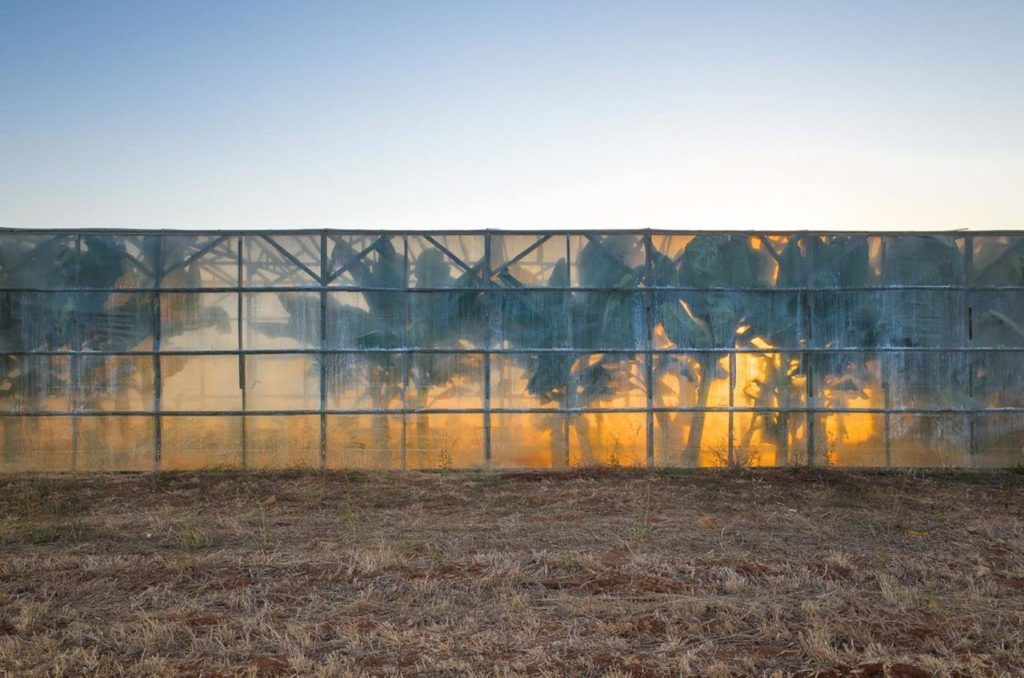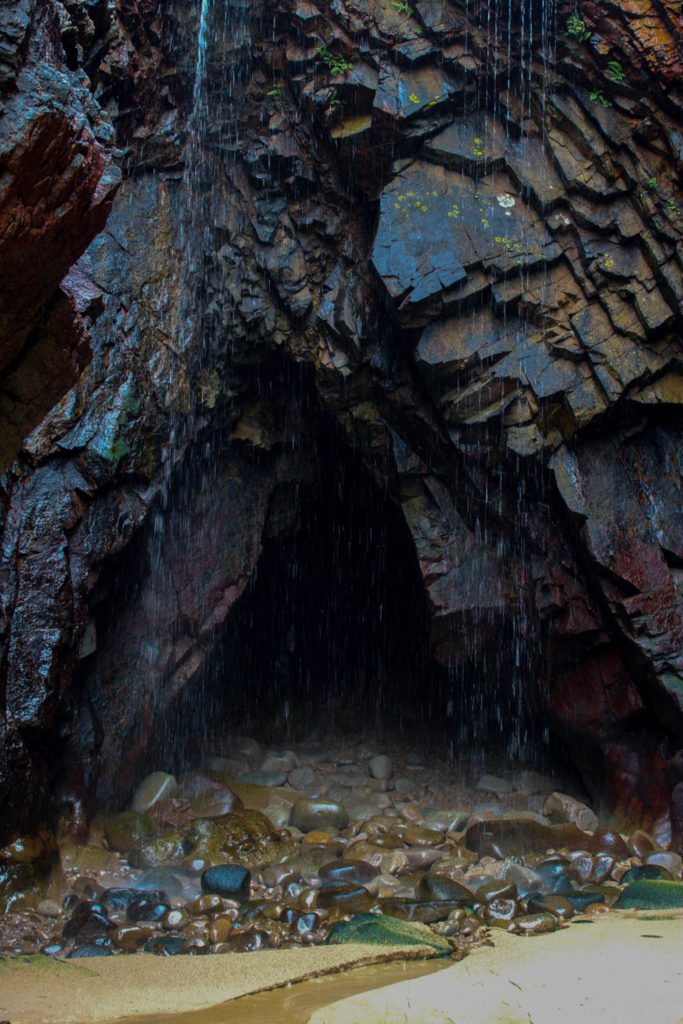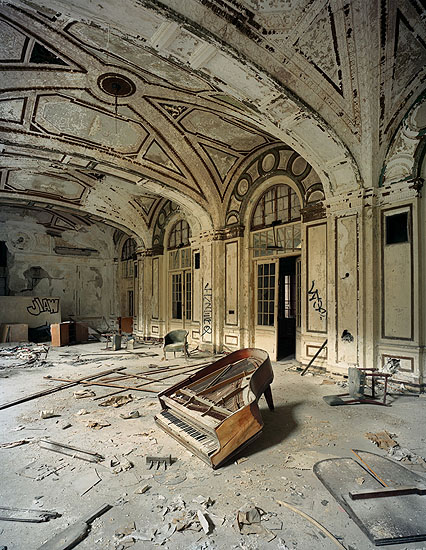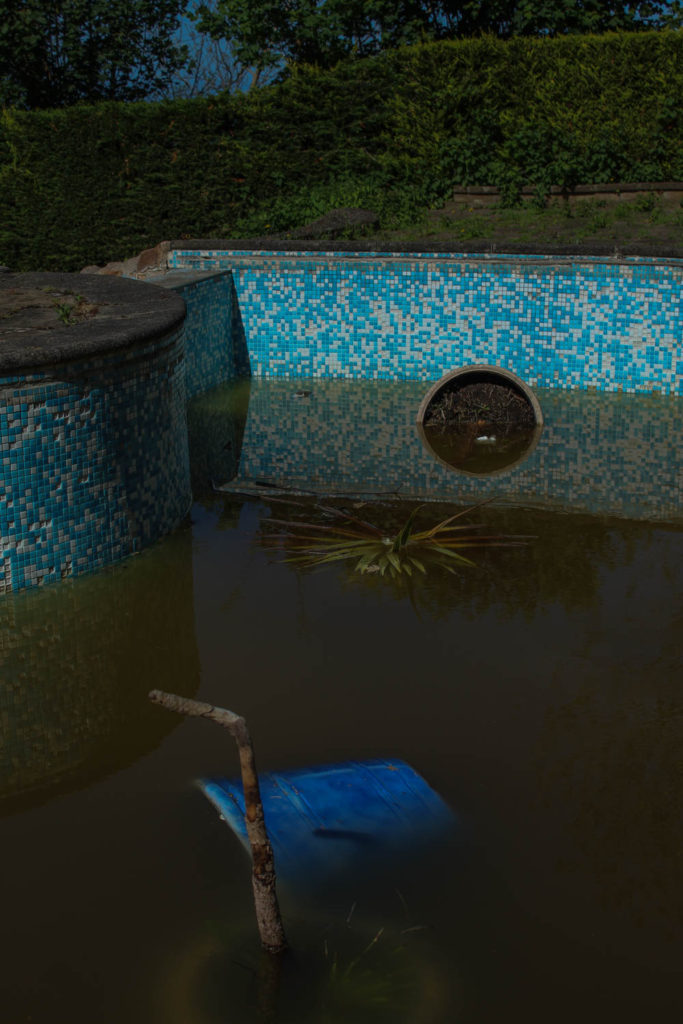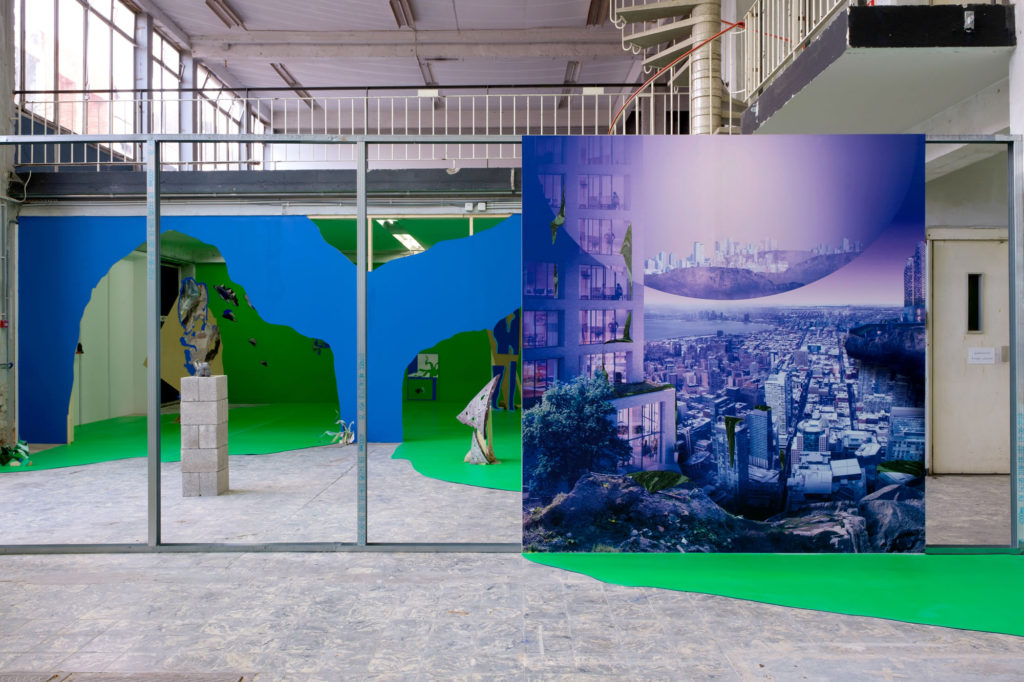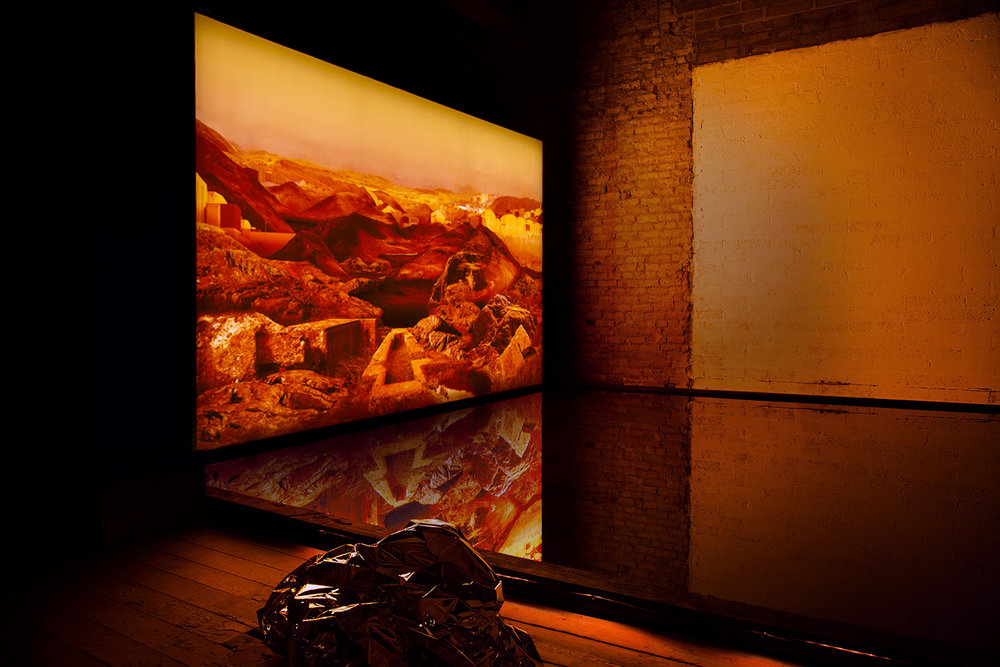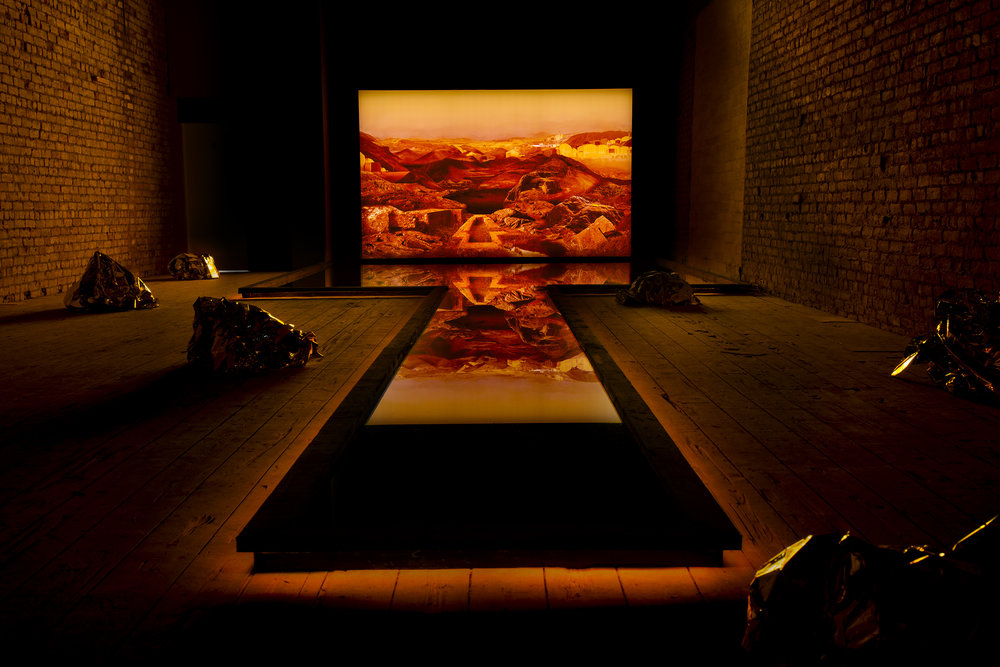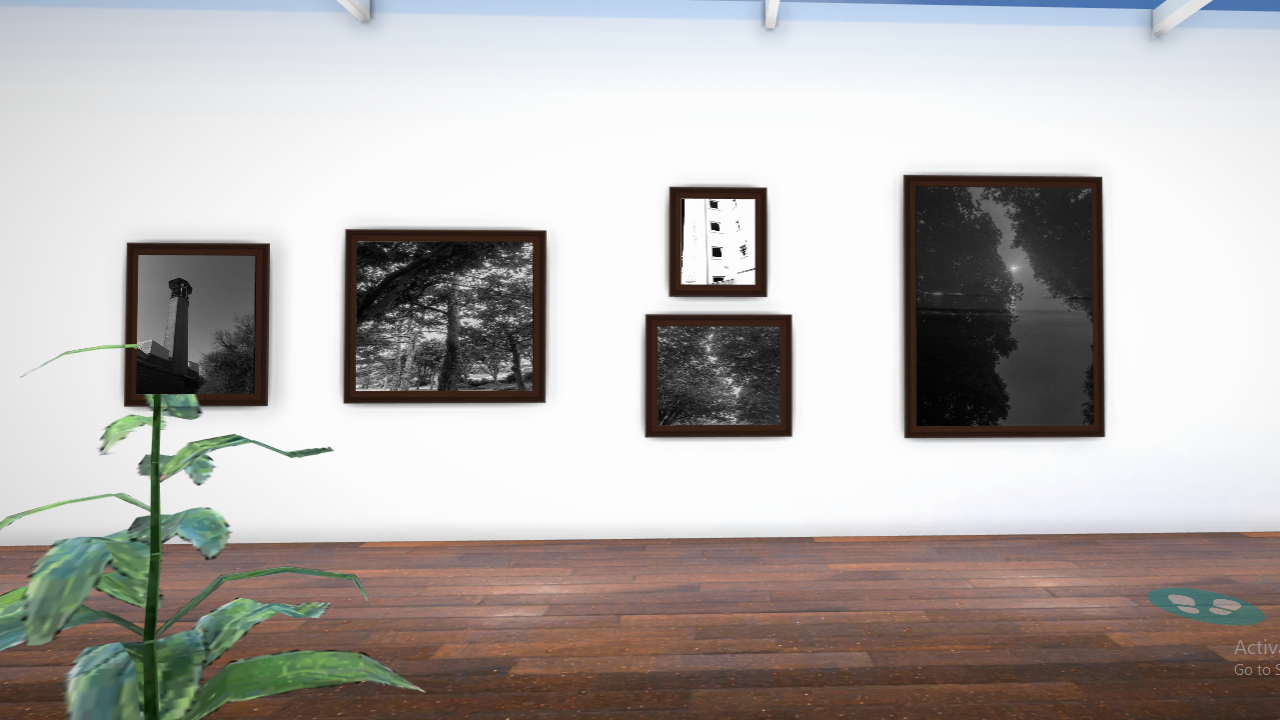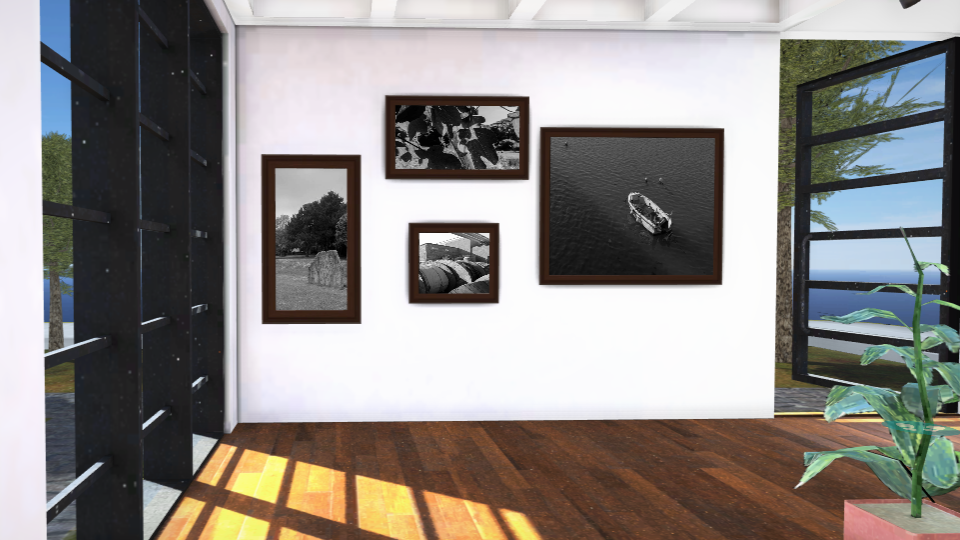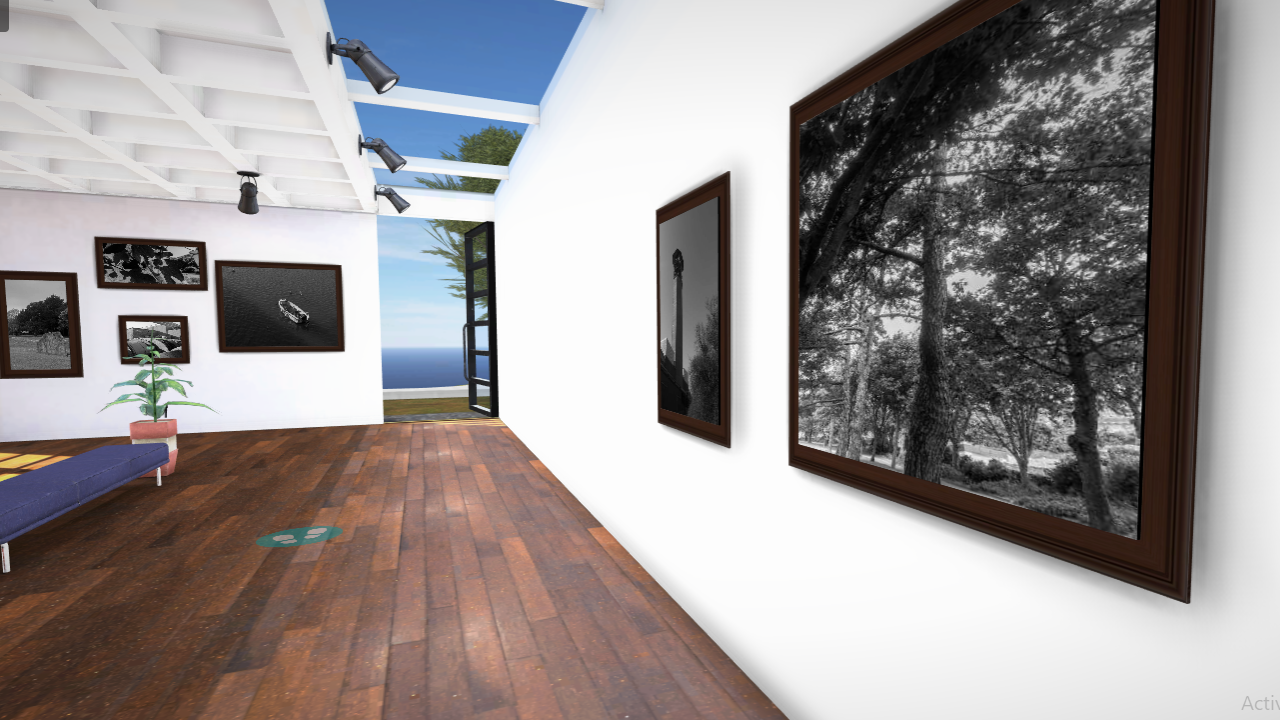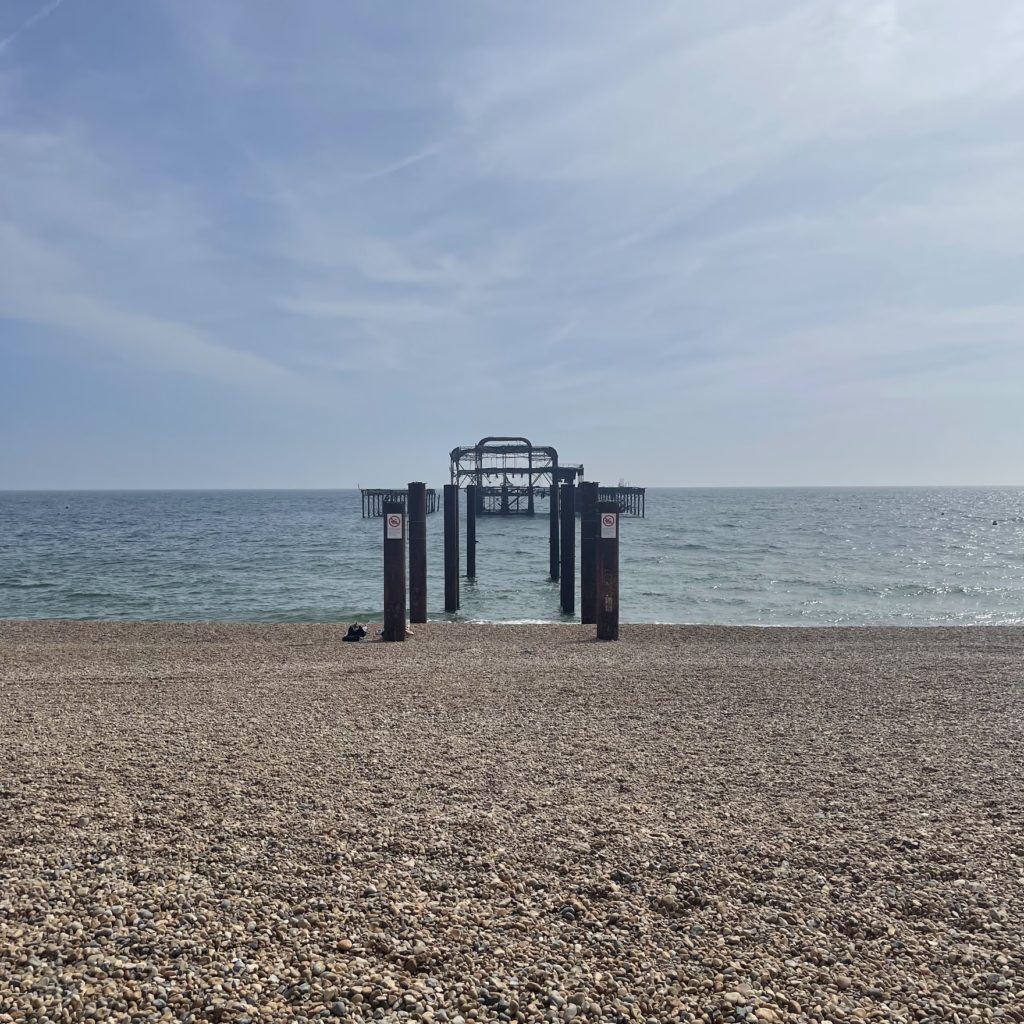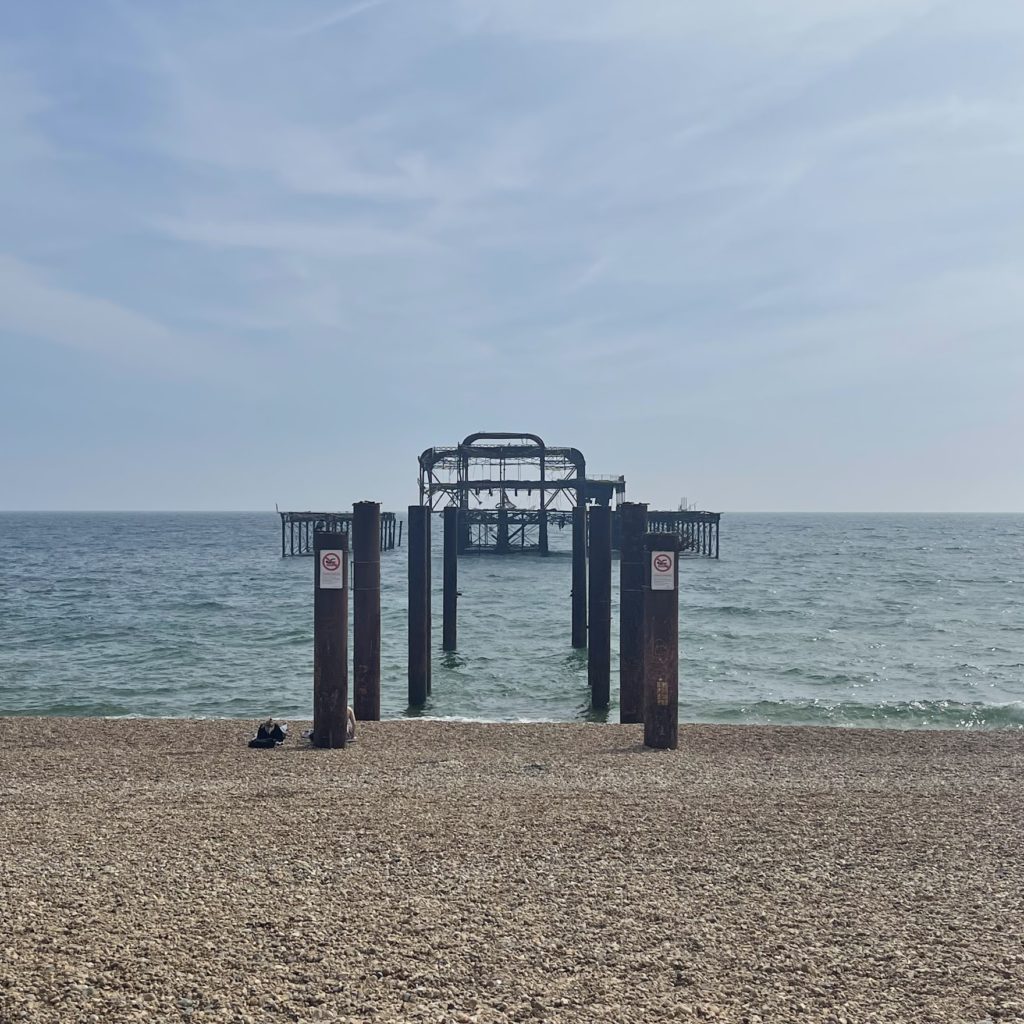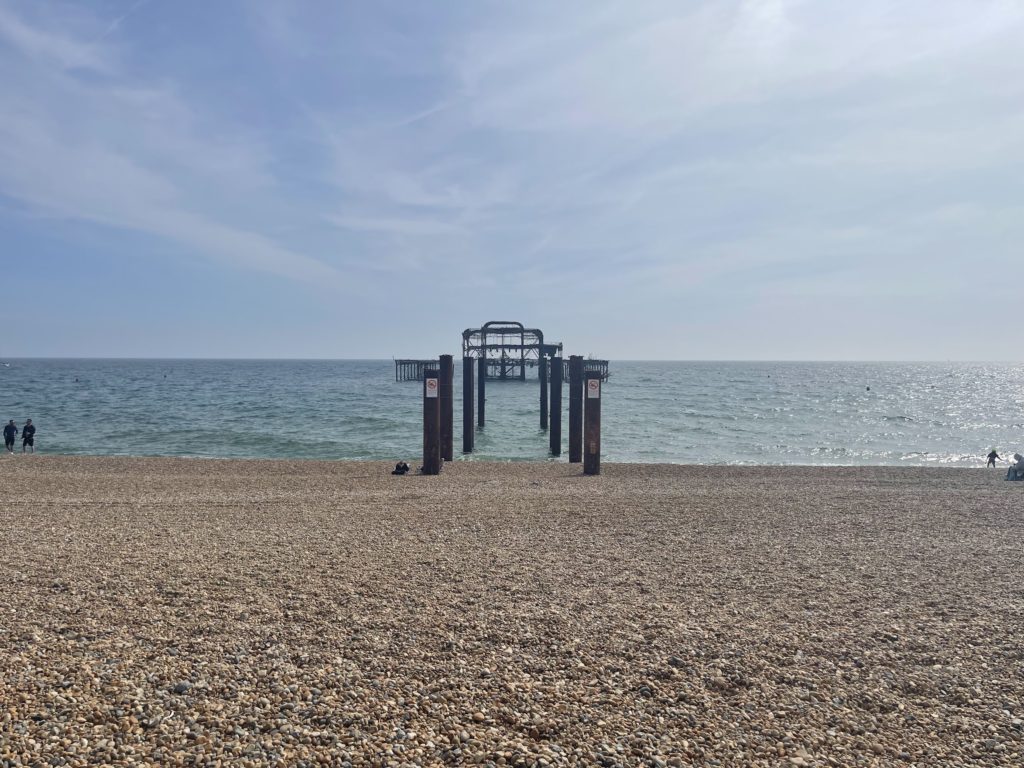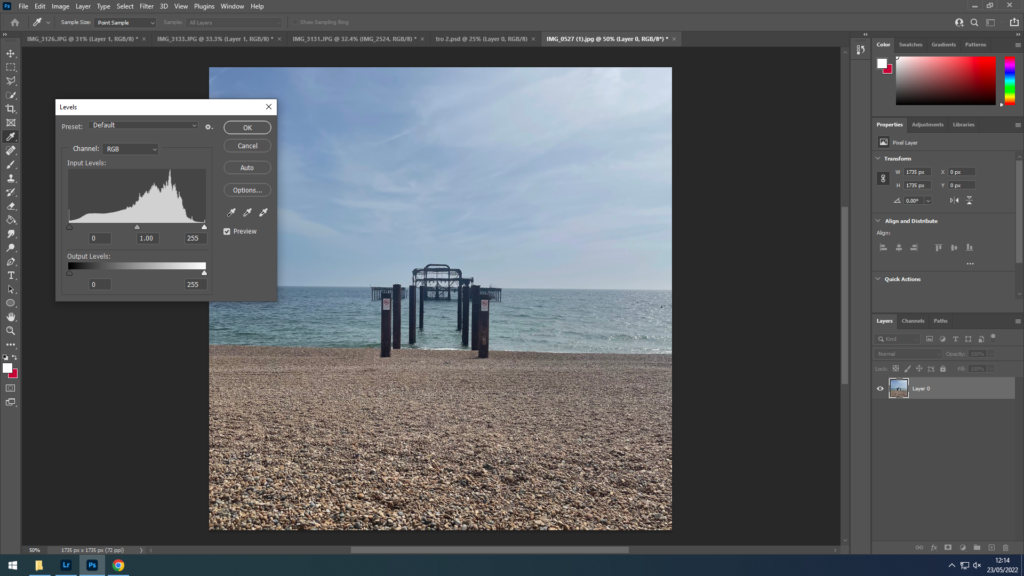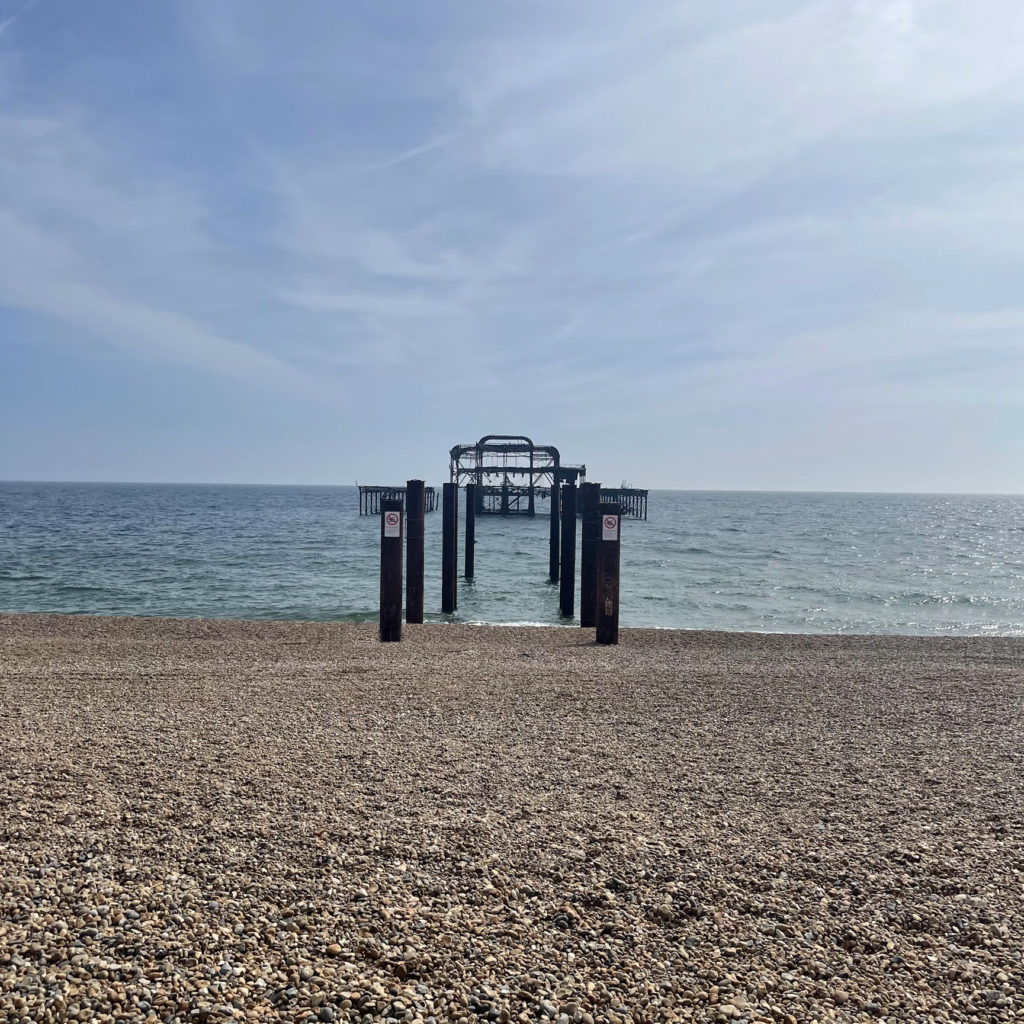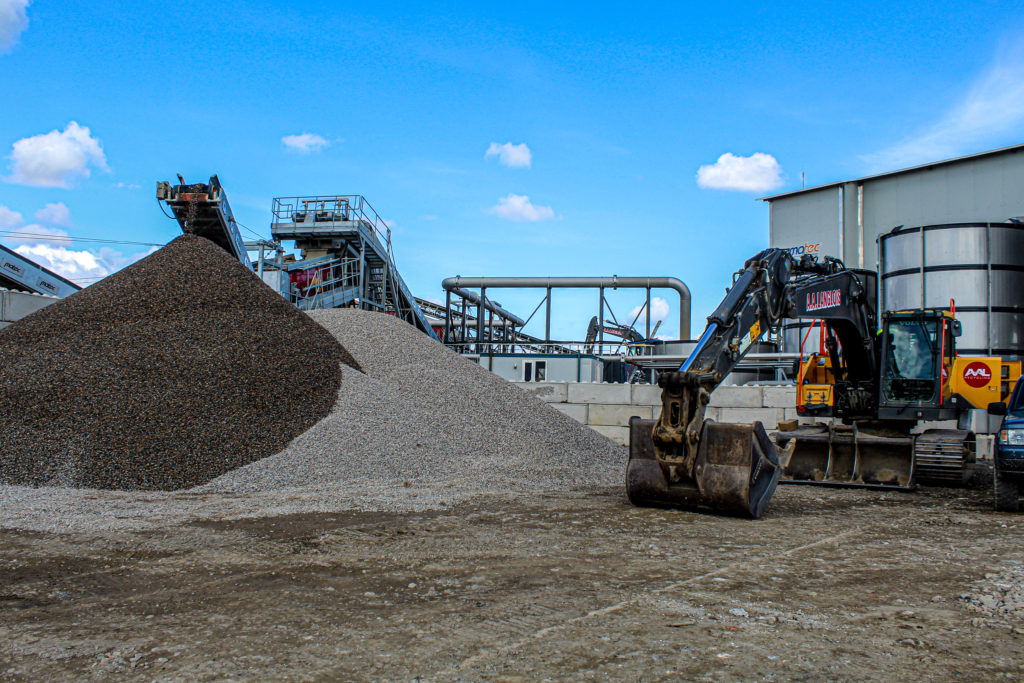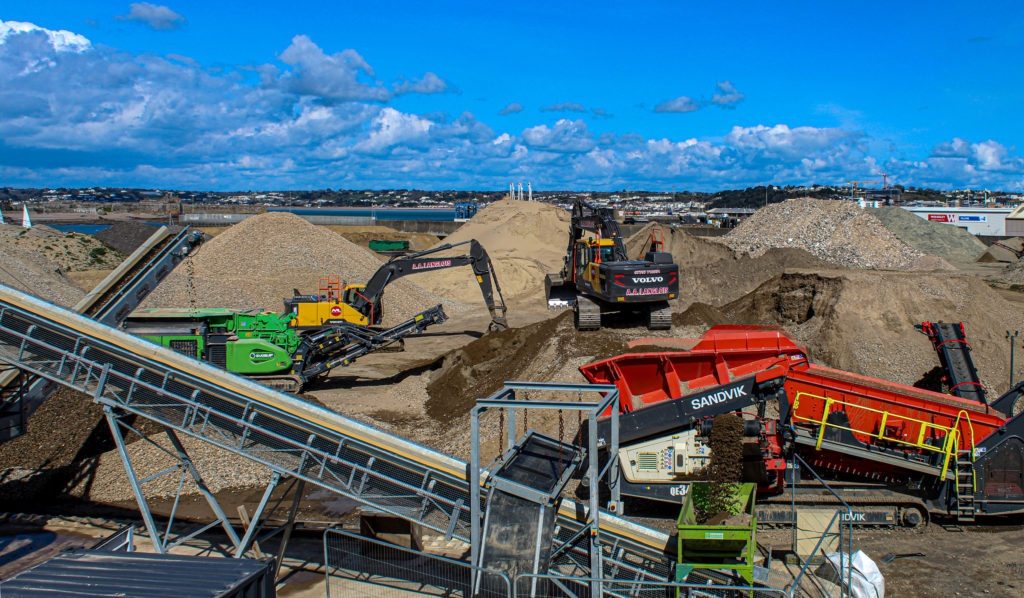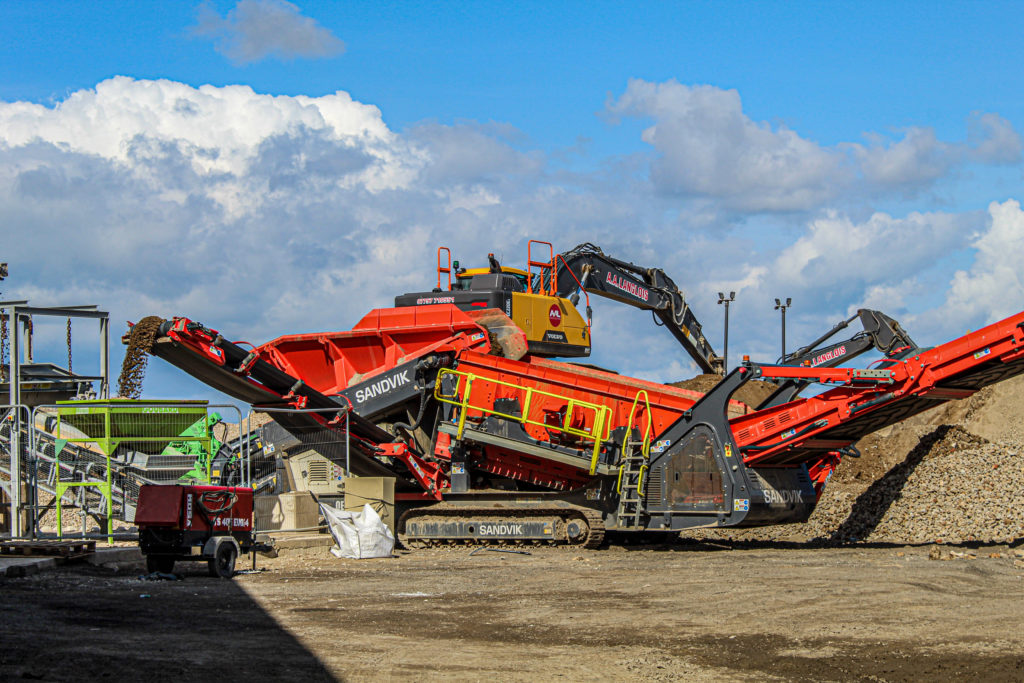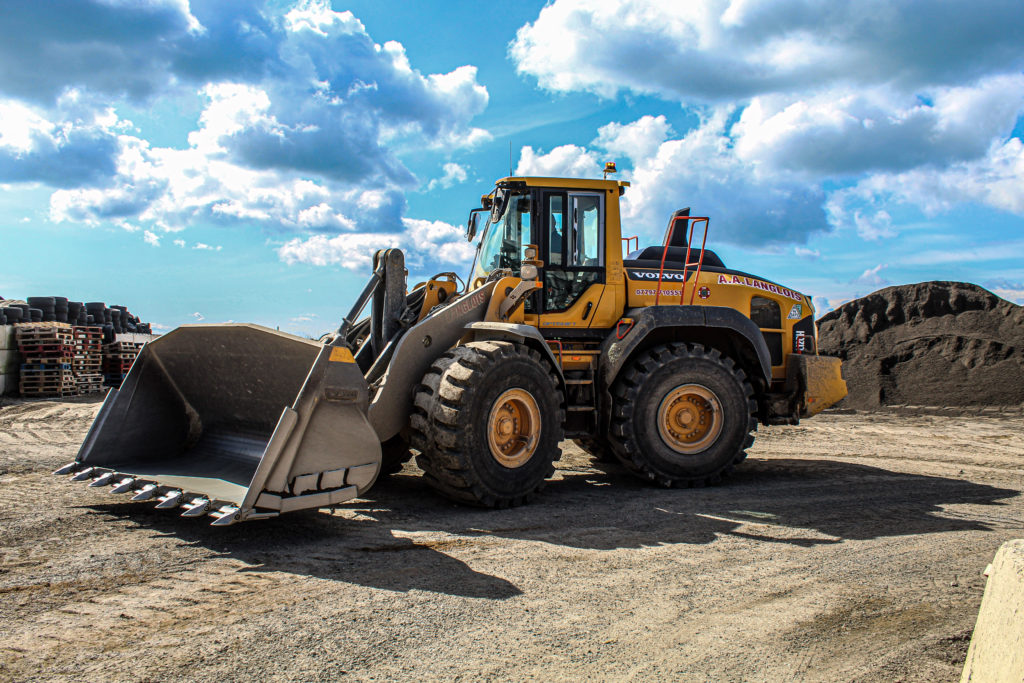Planning
Before the exam I had curated a plan to create 3 blog posts, featuring my artist of choice for that piece, all which I felt had successfully explored the idea of Anthropocene and humans effect on the planet in a way that was new and interesting to me. I had also decided on some places I was going to go to photograph that clearly show real life examples of changes in landscape caused by humans such as a quarry, a residential pond, a large scale oyster farm and a city. I wanted to replicate George Marazakis style of showing humans leaving their mark far out in nature- and then abandoning it there, Ingrid Weyland’s theme of projecting nature’s vulnerability & fragility, and Laura Roemero style where she documents how building styles change and over time develop a places (city’s) identity. At first I was just wanting to edit my photos the same as these artists did, but after some further research and looking through my catalogue I later decided to slightly change these ideas.
Photoshoots
When I went to take these photos I often found myself struggling to be satisfied with the angles and lighting that I had originally planned for them to have to be similar to that of my chosen artists- and so I had to adapt and try out various different angles to overcome certain barriers. For example when I went to photograph Rosnez Quarry I found that I wasn’t actually allowed in and down to the quarry area, obviously because it is a large industrial operation- so I had to go to Sorrel point to take pictures from above and I found that I could actually get different angles by going further down the cliff path.
Selection Process
After uploading my photos to light room, I quickly found that I would only want to use about 30% of them, however I was satisfied that all of the ones I had taken do clearly show changing landscapes caused by humans- which is something all of my chosen artist’s work has in common.
Editing Process
While I originally planned for my first piece inspired by George Marazakis to be a showcase of plain images, I quickly found that since my photos weren’t of such large, dramatic spots, that I had to add another layer (the ‘windows’ I made in photoshop) to them to give them more depth and insight into the topic of Anthropocene. However I had only come to that final editing choice after experimenting with various other editing and display choices which can also be seen on the blog post.
For my second piece I had printed of a section of the photo to edit which came out good and looked similar to the work of Ingrid Wesely, after framing, taking a picture and uploading to photoshop to touch up I wanted to further develop this piece and so I made the distorted section of the image slightly smaller-which I actually think looked better as it took up less of the whole image and so contributed to the message about nature being fragile. Since this first image came out so good, I decided to try this process again on another image, and so I looked through an old project and found a series of photos along the coast of St Oens which I felt were relevant to the theme of Anthropocene. I repeated the process again and it came out just as good so all I had to do was take a photo of it and touch it up in photoshop, removing the harsh edges to make the distorted section blend in better with the image- as Ingrid’s photos look.
For my third piece, after looking at Laura Romero’s dystopian collages of buildings I wanted to create something similar in that I wanted to Include various different types of buildings with different architectural styles and from different times. This piece was quite simple as I just had to cut out each building and adjust them together one document. Although it was simple I do think that it portrays the theme of changing identity’s and landscapes, and Anthropocene efficiently and so I didn’t have to make any further changes to this apart from giving it a background (which is made with colour from the predominant building on the piece- The Royal Pavilion.
Display
I decided to display my work in a virtual art gallery, which I have included a link to in a seperate blog post, as well as screenshots for those who may not be able to access it. I have decided to do this as I think that my work would best be displayed in a modern art gallery because it would be a great contrast to the gritty urban and rural landscapes I have depicted in my work.

